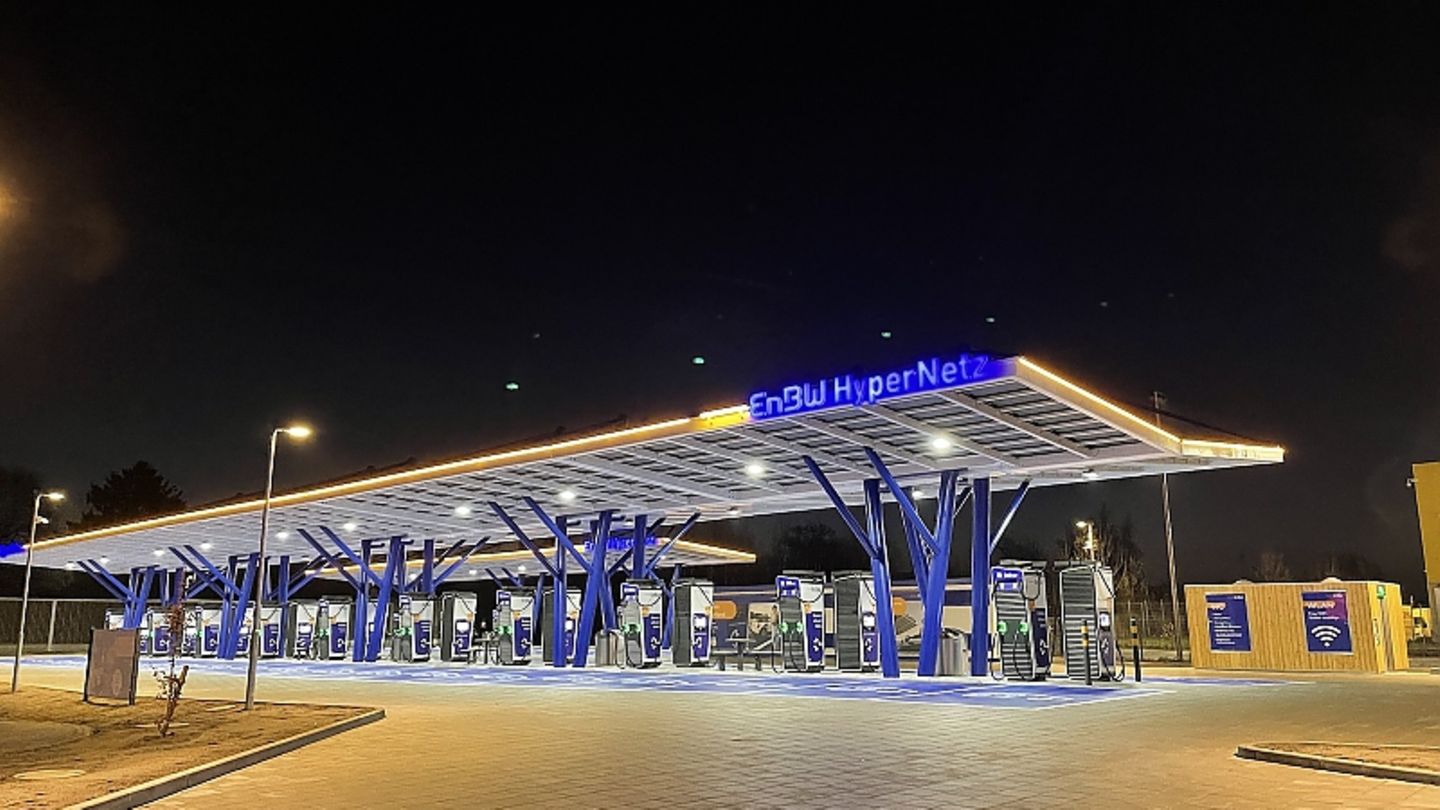The number of filling stations has more than halved in the last few decades. And even if the number climbed back up again in 2021 with more than 21,000 stations, the growing electro trend is going in the other direction. It is clear that the filling station of the future will have to earn money with something other than just petrol or diesel.
The petrol station operators have long since recognized this for themselves and are successively converting their business. In any case, the gas stations in many federal states have developed into true supermarkets, where beer, frozen pizza, handkerchiefs and crisps are not only bought after closing time. The best example is Bavaria, because while other federal states have long since relaxed their closing times, at least six days a week and thus give customers flexibility, in Munich, Nuremberg and Augsburg the shopping pleasure ends at 8 p.m. everywhere. This means that groceries can only be bought at train stations, airports or petrol stations. Since the margins for liquid fuels are lower than ever, the petrol station operators are anything but reluctant to see the untimely closing time, because they at least buy the essentials outside of these times.
Charging stations are also becoming an issue, because the large gas station operators know that the future of new vehicles will be electric. But the number of existing vehicles will first increase and so the used cars will secure their future for the petrol pumps for decades to come. Nevertheless, petrol and diesel will be in much less demand in the next few years – because, in addition to more and more electric cars on the market, the real consumption of combustion engines is also falling. More and more operators are setting up charging points for electrified cars in inner cities, as well as on expressways and motorways, so that future business will no longer pass by normal filling stations. Around 90 percent of these rest areas in Germany are catered for, for example, by the former state-owned company Tank & Rast, which was privatized in 1998 and holds the concessions for around 360 petrol stations and around 400 rest areas, including around 50 hotels.
According to an analysis by the Swiss Federal Laboratories for Materials Testing and Research, many filling stations will soon be using the excess solar energy from their own photovoltaic systems to produce their own energy. In addition to electricity and hydrogen for electric vehicles, synthetic diesel and petrol fuels could also be produced in this way. According to a joint study commissioned by the filling station operator Aral and the German Aerospace Center, the filling stations of tomorrow will become traffic hubs and places of new mobility. Not only the refueling of combustion engines and the fast charging of electric vehicles would be conceivable, but also possible battery changes as the car manufacturer Nio already offers and some others want to offer as a supplement to the tedious recharging. According to the Aral study, the filling stations of the future could also be used as stations for personal drones, from which one can switch to electric scooters or autonomous taxis or e-bikes.
Hardly any of the large gas station operators are currently not in the process of not supplementing the existing gas pumps for petrol, diesel and natural gas with additional electric charging points. Aral currently wants to set up 500 charging points at 120 petrol stations with its Pulse sub-brand. With the 350-kilowatt chargers, recharging is almost as quick as normal refueling with a combustion engine. Aral board member Patrick Wendeler: “In view of the increasing demand for electric vehicles, the time is ripe to accelerate the expansion of the charging infrastructure.” The charging stations supply 100 percent green electricity and, depending on the location, have a charging capacity of up to 350 kilowatts.
Competitor Shell is currently proceeding in two ways. On the one hand, the Hamburg company offers synthetic fuels and thus offers a liquid alternative to normal fuels. In addition, there are also fast charging stations at more and more large Shell petrol stations. In 2018, Tamoil began to make its own filling station network fit for electric customers with fast charging stations. “We are also increasingly focusing on the expansion in rural areas in Germany in order to be able to guarantee the possibilities and the offer for the end consumer on a large scale. We at HEM are service providers for the mobility of people and would like to be this for the customers in the future, who opt for e-mobility,” explains Yvonne Moldenhauer, district manager of Deutsche Tamoil GmbH. Gas station operator Westphalia is more committed to the charging stations and, in particular, more open than other gas station operators. The Westphalian company, headquartered in Münster, makes no secret of the fact that they see electromobility at their pumps as a real alternative to liquid fuels.
Source From: Stern
I am a 24-year-old writer and journalist who has been working in the news industry for the past two years. I write primarily about market news, so if you’re looking for insights into what’s going on in the stock market or economic indicators, you’ve come to the right place. I also dabble in writing articles on lifestyle trends and pop culture news.




